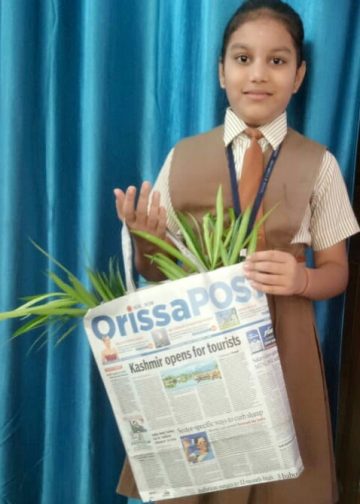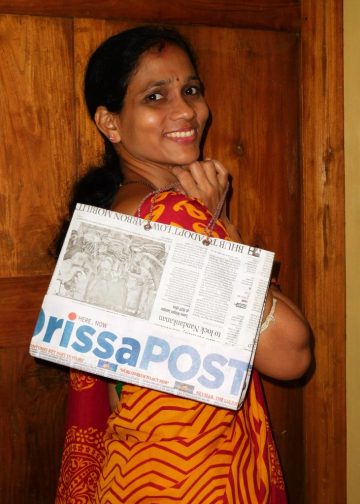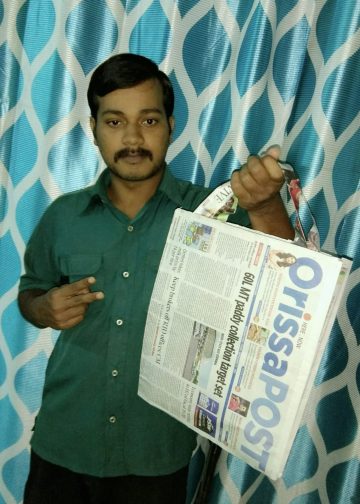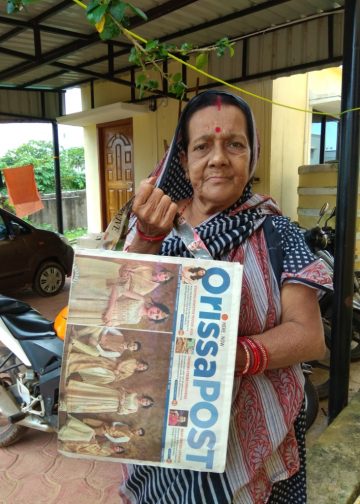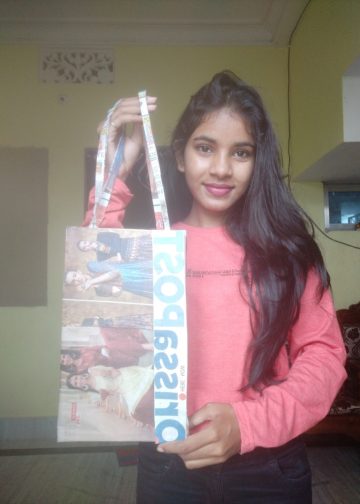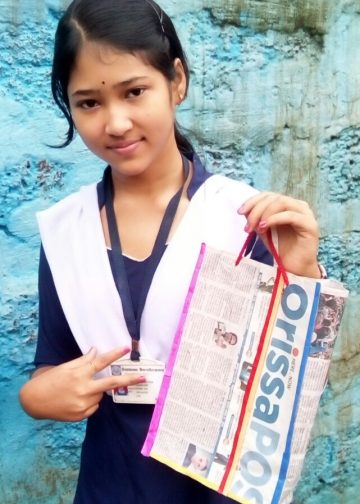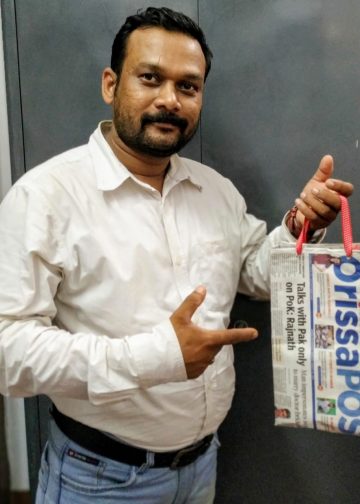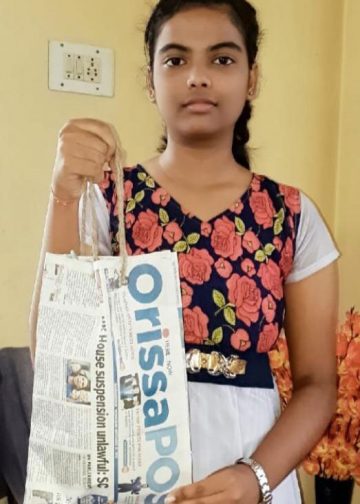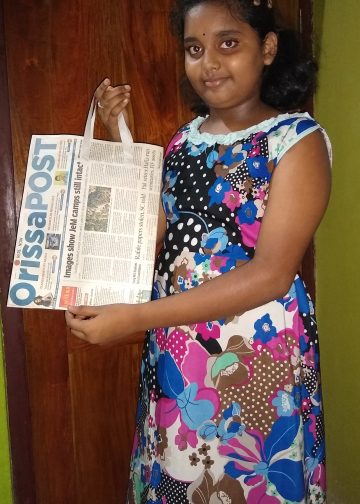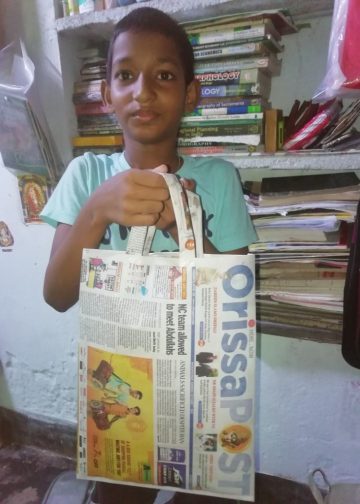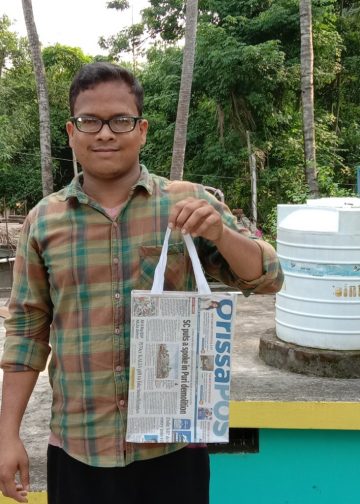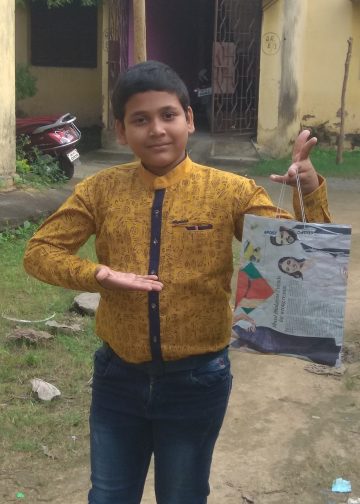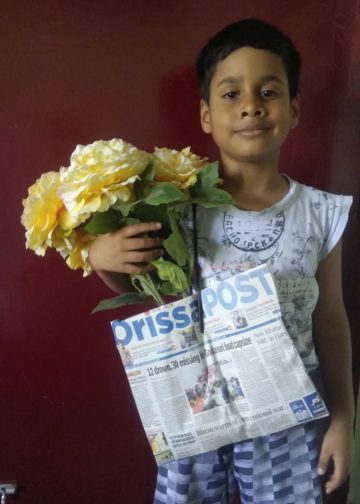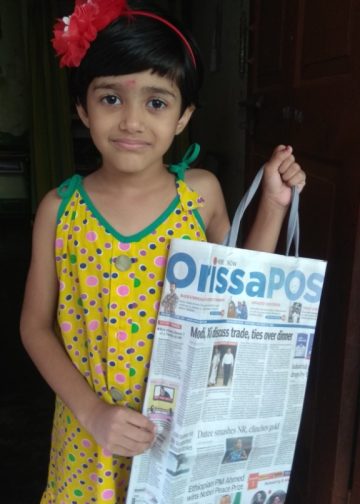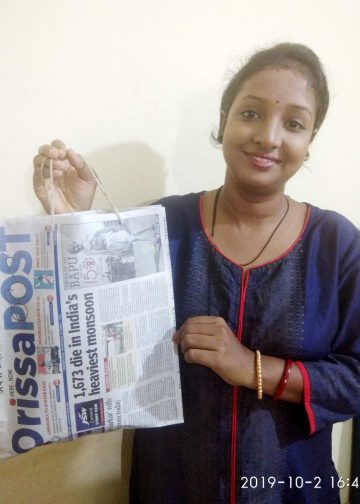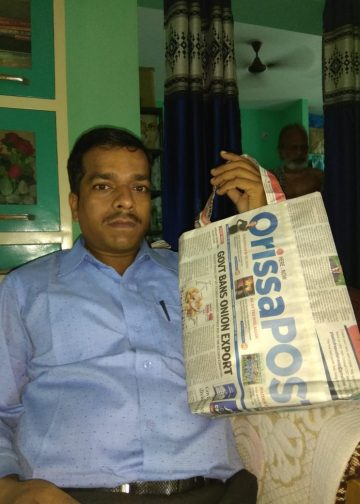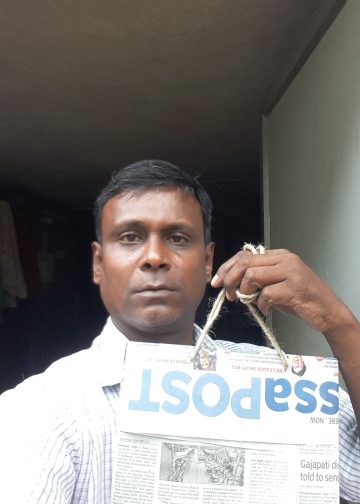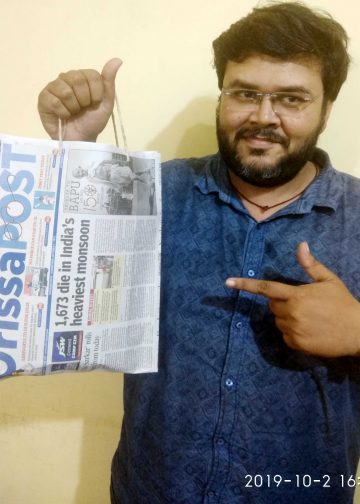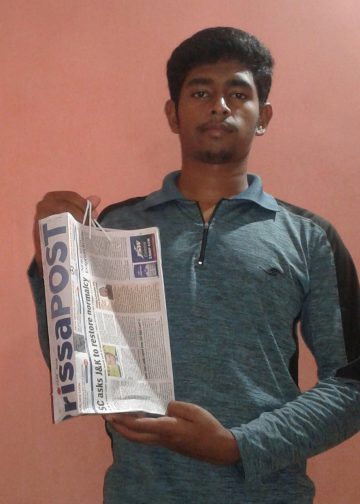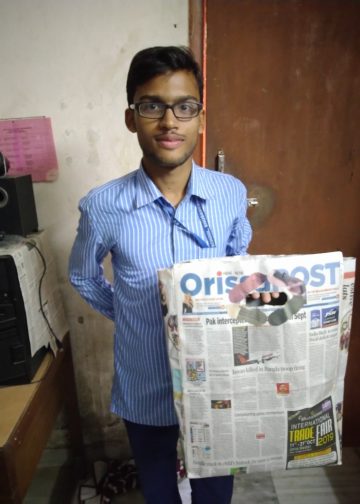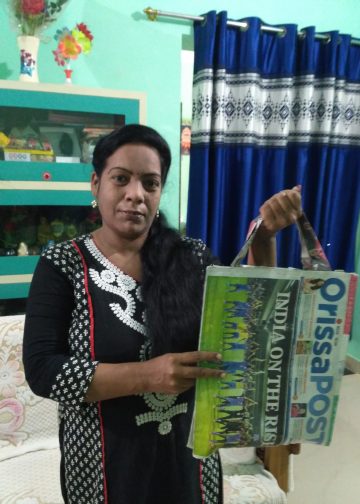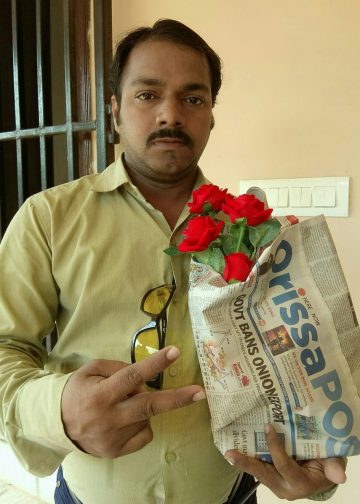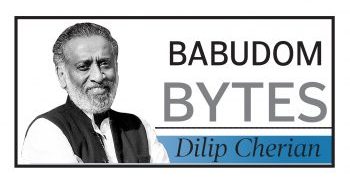Tangi: A Buddha idol is among some archaeological remains found during excavation work in a pond at Lendo village under Tangi block in Khurda district Wednesday. Among the archaeological remains are a headless Buddha idol, a Buddhist Stupa, and an ancient temple stone. During pond excavation work carried out by an earthmover, these ancient artefacts came to notice. Later, local intelligentsia Susanta Biswal and Mahendra Biswal coordinated to bring the ancient items out of the pond and kept them safe.
The pond is situated at Bhujabalapada just a few meters away from the ancient Ladukesh Mahadev temple. After getting information from the residents of Lendo village, historian Deepak Nayak reached the spot and inspected the archaeological remains. “This is a historical area with great archaeological potential,” he said. The newly-built Ladukesh temple has been constructed above the remains of an ancient temple, he added. One can find ancient sculptures of Lord Ganesh, Lord Kartikeya, Lord Vishnu, and many other Brahminical sculptures inside the temple premises.
Except for these, many ‘Veer Sheelas’ were also found at the spot. During the reign of Gangavanshi and Suryavanshi rulers, many brave Paika fighters were residing over there. The presence of these ‘Veer Sheelas’ is proof that the place also has a history of battles. However, the excavated archaeological remains are believed to be much older than these periods. The discovery of Buddhist remains has been made earlier in Daya and Mandakini river basins. It proves the deep influence of Buddhism that once prevailed in these areas. The headless statue of Buddha in ‘Dhyana Mudra’ is probably from the 9th century BC, said historian Deepak Nayak.
According to INTACH Odisha co-host Anil Dhir, it is necessary to establish an archaeological museum at Lindo village. Apart from Lendo, there are many archaeological remains spread in a neglected state at Anjira, Nirakarpur, Dia, Gadabalabhadrapur, Rameswar, and Malisahi villages in the district. If all these remains are collected and kept in a museum, the historical and archaeological importance of these areas will be known. In this regard INTACH will consult with the higher authorities, said Dhir.





